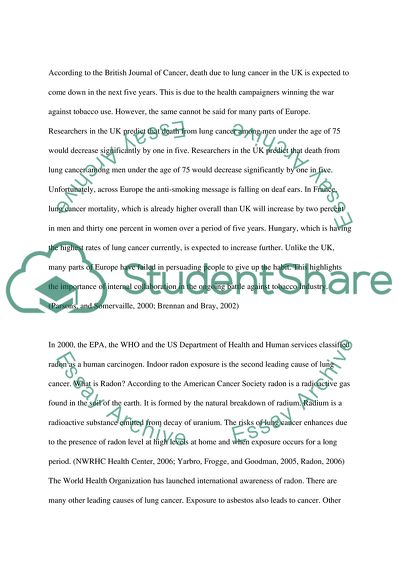Cite this document
(A Major Non-communicable Global Health Issue: Lung Cancer Article, n.d.)
A Major Non-communicable Global Health Issue: Lung Cancer Article. https://studentshare.org/health-sciences-medicine/1715555-identify-a-major-non-communicable-global-health-issue-explore-what-is-currently-known-about-its-international-epidemiology-including-changing-patterns-of-distri
A Major Non-communicable Global Health Issue: Lung Cancer Article. https://studentshare.org/health-sciences-medicine/1715555-identify-a-major-non-communicable-global-health-issue-explore-what-is-currently-known-about-its-international-epidemiology-including-changing-patterns-of-distri
(A Major Non-Communicable Global Health Issue: Lung Cancer Article)
A Major Non-Communicable Global Health Issue: Lung Cancer Article. https://studentshare.org/health-sciences-medicine/1715555-identify-a-major-non-communicable-global-health-issue-explore-what-is-currently-known-about-its-international-epidemiology-including-changing-patterns-of-distri.
A Major Non-Communicable Global Health Issue: Lung Cancer Article. https://studentshare.org/health-sciences-medicine/1715555-identify-a-major-non-communicable-global-health-issue-explore-what-is-currently-known-about-its-international-epidemiology-including-changing-patterns-of-distri.
“A Major Non-Communicable Global Health Issue: Lung Cancer Article”. https://studentshare.org/health-sciences-medicine/1715555-identify-a-major-non-communicable-global-health-issue-explore-what-is-currently-known-about-its-international-epidemiology-including-changing-patterns-of-distri.


